Our Simply Good and Beautiful Math curriculum uses a spiral method to teach math. Let’s talk about spiral math—why it works and how we use this approach!
Many parents ask whether our math curriculum uses a spiral or mastery approach, and others wonder what the difference is between the two. We answer these important questions in the video and blog post below!
What is spiral math?
Math curriculums today typically use one of two types of teaching methods: spiral or mastery.
- A spiral approach presents a new concept, provides practice on that concept, and then moves to another skill. Each skill is reviewed and revisited throughout math levels, always adding to prior learning.
- A mastery approach focuses on teaching one full concept completely before moving to a new skill.
Is Simply Good and Beautiful Math spiral or mastery?
Simply Good and Beautiful Math uses the spiral approach. Below we list a few examples of how it is used throughout the courses and three reasons this method works.
#1 Gently introduces students to new concepts.
This approach slowly builds a student’s confidence and understanding of a concept over time. For example, the early levels introduce addition using manipulatives and then progress to written problems.
Students slowly progress from single-digit addition in Math 1 to adding multi-digit numbers in Math 2. They retain math concepts better than in the mastery approach because of a continued connection between new learning and prior knowledge.
#2 Reviews concepts often, helping children retain prior lessons while learning new ones.
Simply Good and Beautiful Math excels at this by including review sections after each lesson. The courses provide math reviews within the same level, but also across grades.
For example, Math 3 teaches students how to identify quadrilaterals, while Math 4 and Math 5 review and build upon this concept by classifying different types of quadrilaterals.

#3 Provides variety.
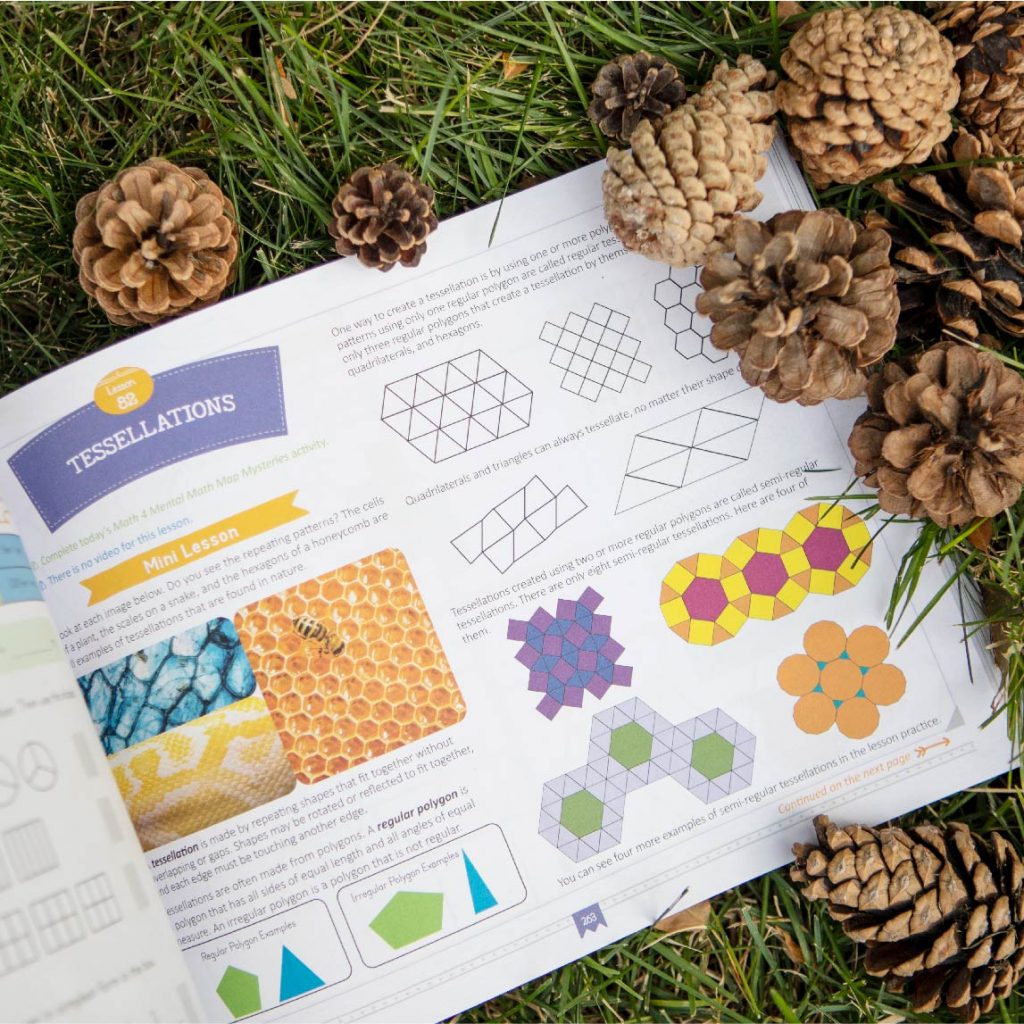
Children revisit concepts more frequently in spiral math courses than in mastery ones. They do not get stuck on one concept for a long period and then become discouraged, fatigued, or bored.
For example, Simply Good and Beautiful Math 6 provides many lessons on multi-digit multiplication and long division. The concepts continue throughout the entire course, and students master them by the end rather than in one unit. This allows other skills to grow between these important math concepts and gives students variety in their learning.
Then in Simply Good and Beautiful Math 7 students explore probability, basic statistics, and beginning geometry using engaging themes to make real-world connections to nature, God, science, art, music, engineering, and more!
A Simply Good and Beautiful pre-algebra course is in development now with an anticipated Spring 2025 release.
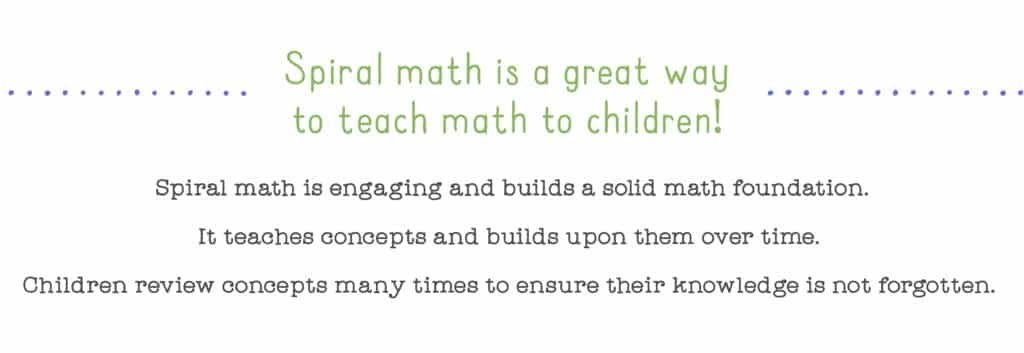

Pair these advantages of spiral math with the teaching style and quality of Simply Good and Beautiful Math, and you’ve got a winning math curriculum. It engages students with real-world math and connects them to cultures, nature, art, God, and high moral character. This curriculum builds a strong foundation in math that continues to grow throughout the years. It truly is simply good and beautiful math!

Download our free homeschool math curriculum today!

You may also like. . .



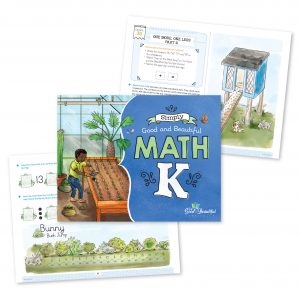
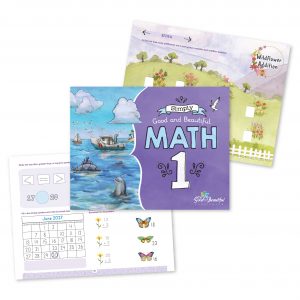
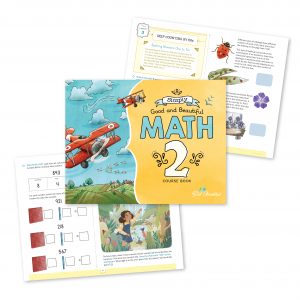

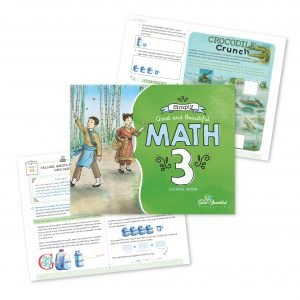
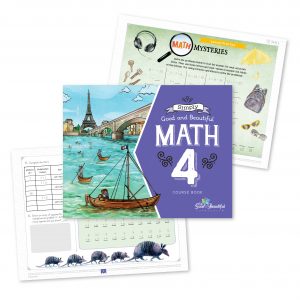
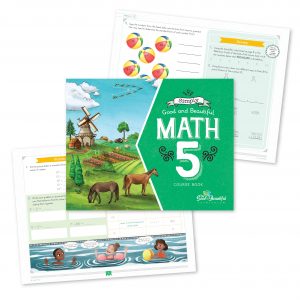
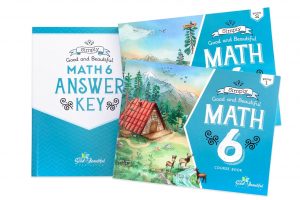
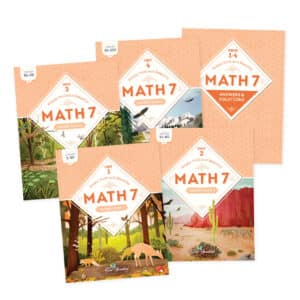
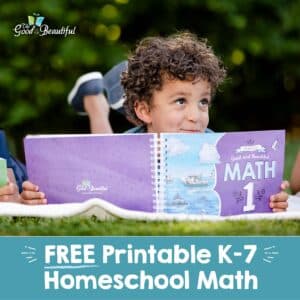
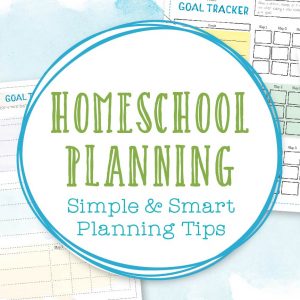

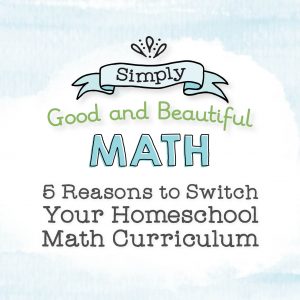

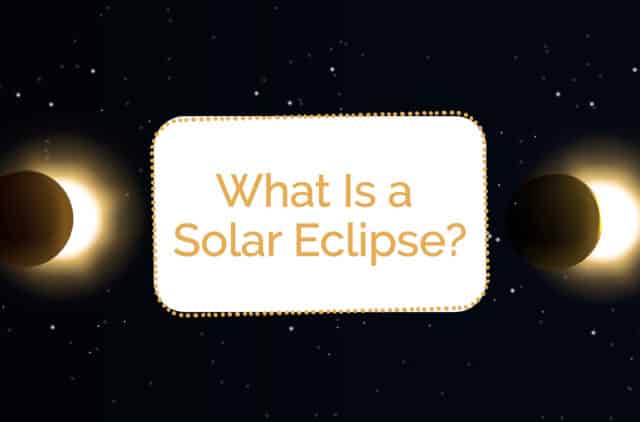
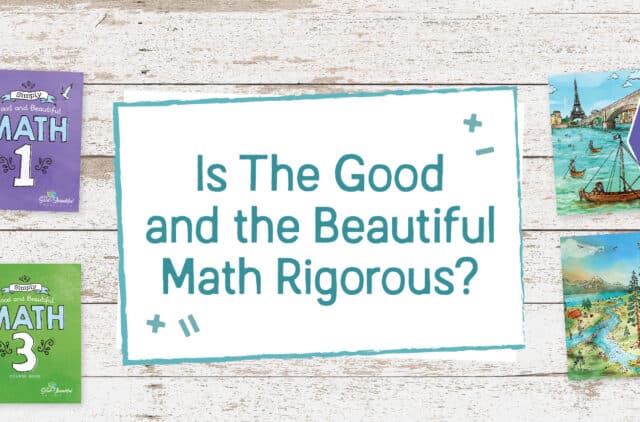
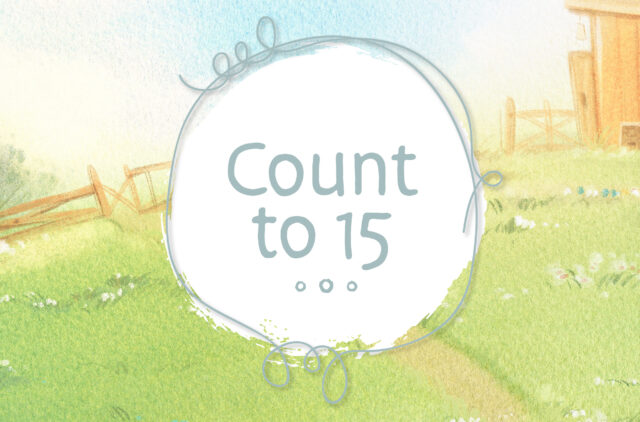
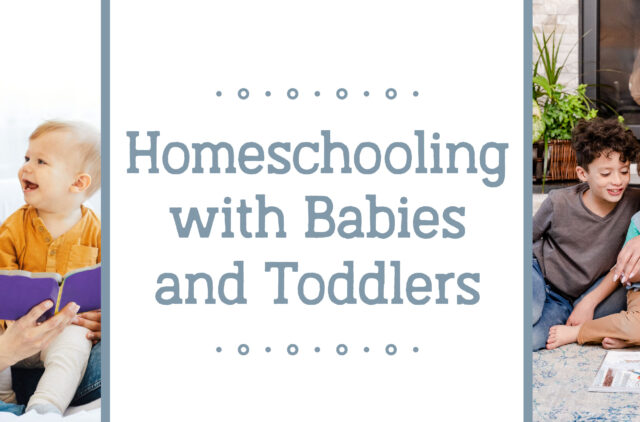
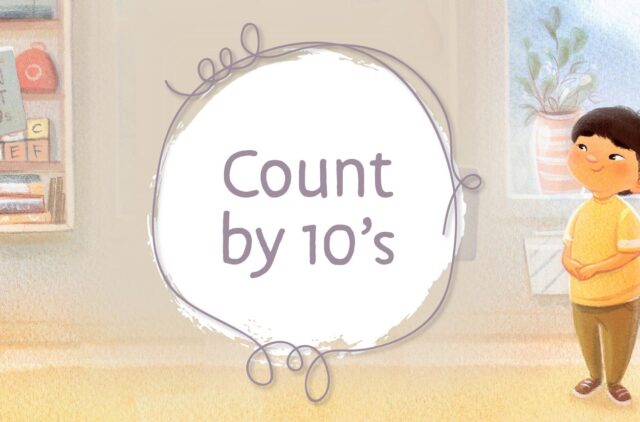
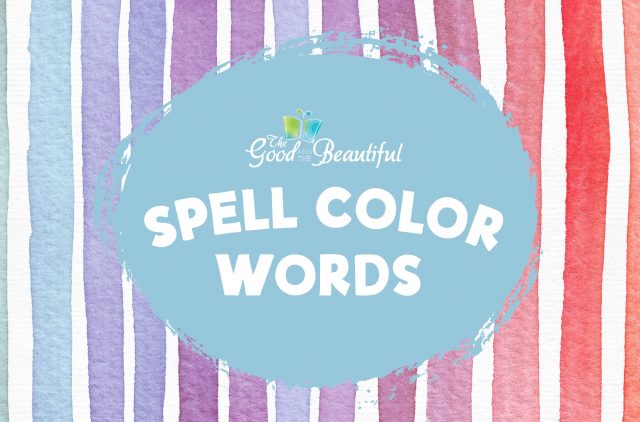

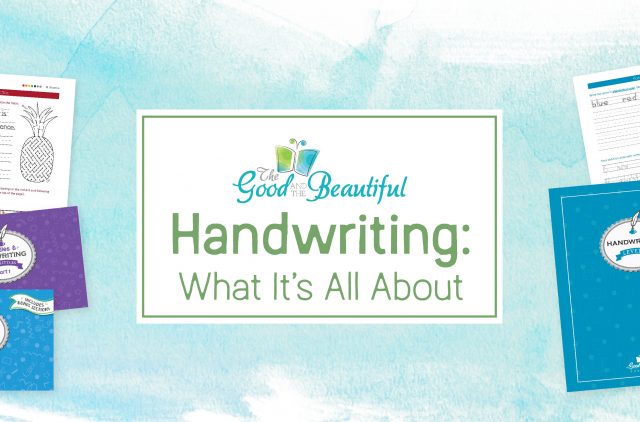
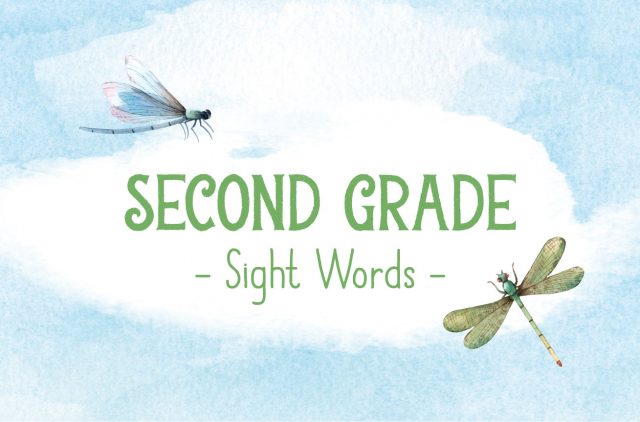
Comments
Very helpful and insightful! Such a beautiful and colorful math. Nothing like it!
Love this explanation of spiral math!! We switched our oldest to it and he’s leaned and retained so much more than he has in the past!! Absolutely love this approach.
I’m so excited to start the kindergarten Math with my daughter this fall.
Is this a curriculum recommended for schools?
Thank you for your interest, Maia! We encourage you to take some time to review the sample pages (or full course options when available) to see if The Good and the Beautiful would be a good fit for your school. While our courses are mainly used by homeschooling families, there are many schools, co-ops, and other groups who use our products and resources.
This explains so well why I love TGATB math. The spiral approach has worked the best for all of my kids without them getting bored.